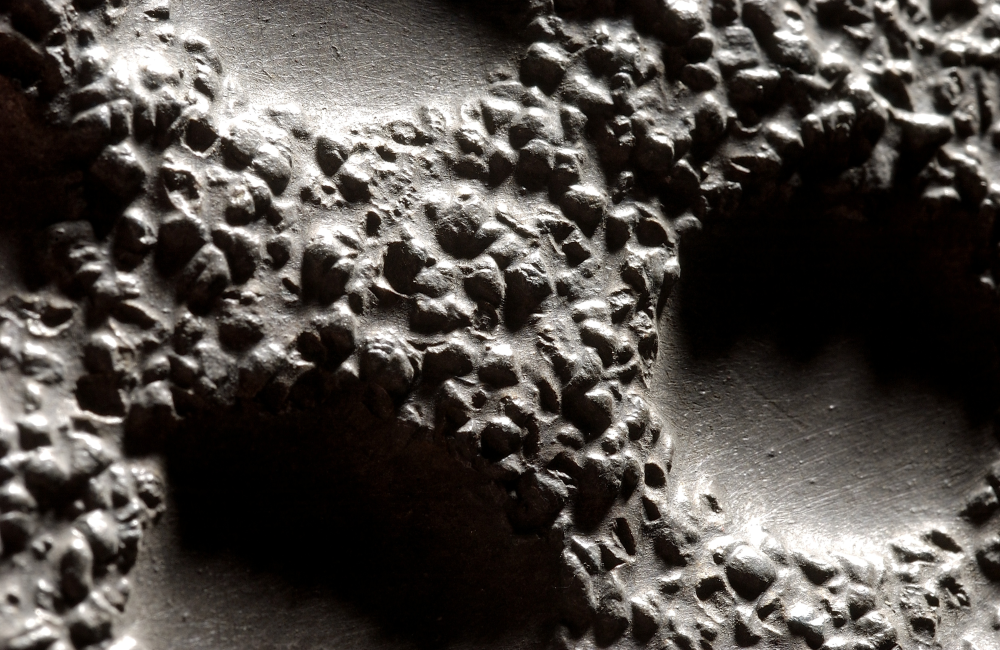Experts at the Manufacturing Demonstration Facility worked with Magotteaux-Pulaski to develop a more durable composition and new 3D-printing process for abrasion-resistant materials. Credit: Magotteaux
For more than 100 years, Magotteaux has provided grinding materials and castings for the mining, cement and aggregates industries. The company, based in Belgium, began its international expansion in 1968. Its second international plant has been a critical part of the Pulaski, Tennessee, economy since 1972.
The global company now has 14 plants and 22 production lines around the world; the Pulaski plant, with two production lines, remains one of the largest operations in the group.
The plant creates wear resistant materials — specifically, small steel balls called grinding media and castings— that are used by mining companies to break apart ore. The balls also are used in cement plants to break raw meal and clinker, a mixture of heat-hardened limestone and other minerals, into powder. Abrasion-resistant materials wear down in processed ore or are recycled into new parts.
In the 1990s, the company began investigating blending ceramics with metal to increase performance.
“Pulaski became the pioneering plant for this composite material for the American market, and it’s been very successful. Today, it’s the main product line,” said Marc Babineau, chief operating officer at Magotteaux. But even with the addition of ceramics, abrasion-resistant materials wear down rapidly depending on the application.
“There is a craving in the market for durability, a longer life cycle, and easily recyclable and more environmentally friendly materials. The material wears down as few as four days in extreme wear cases — if you can go six days, that’s big,” he said. “The process is heavy and complex, and when you must change out materials, there is human exposure, downtime and associated loss of throughput.”
Using a RevV grant from the State of Tennessee, Magotteaux-Pulaski worked with Amy Elliott at ORNL’s Manufacturing Demonstration Facility, a Department of Energy user facility, to develop a more durable composition and a new 3D-printing process for creating abrasion-resistant materials.
“When we began working with ORNL, it began an evolution. This product has been implemented in several places and is giving a very good result,” Babineau said. “Our product offers a longer life cycle and competitive advantage.”
The partnership’s success has spurred a project toward a new workforce development collaboration between the University of Tennessee, Knoxville, the University of Tennessee Southern in Pulaski, and the plant.
Babineau said that Magotteaux has an ethos of continuous improvement built on a depth of expertise that comes with working with many different kinds of milling operations around the world for generations.
“It’s in our DNA to continuously pursue longer life cycles and more sophisticated and higher added-value products,” he said.



